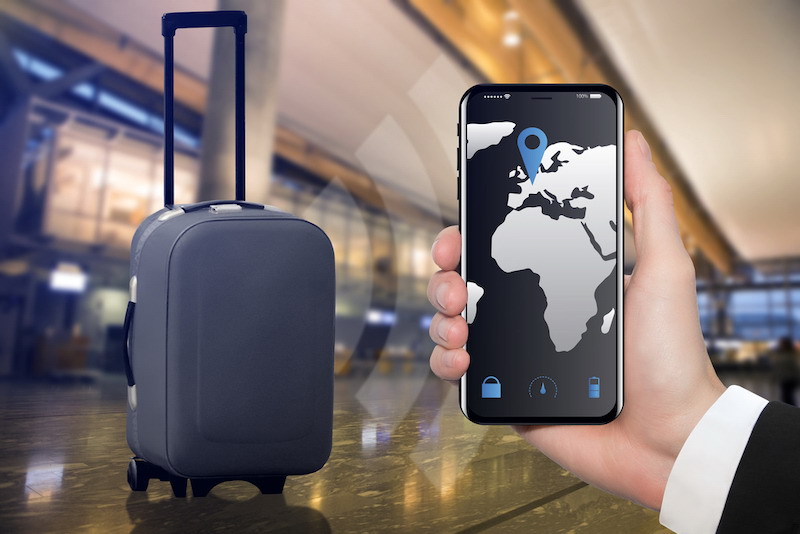We often focus on hardware specs – the latest processors, more RAM, better screens – but there’s another crucial piece of the puzzle: software optimization. That’s right, the code running behind the scenes plays a huge role in how smooth and fast your device feels. Let’s dive into what experts like Anand Jayapalan have to say about how software optimization makes all the difference.
Seamless Integration: The Apple Experience
If you’ve ever used an iPhone, you know how buttery smooth the experience is. That’s no accident. Apple’s tight integration between hardware and software is legendary. iOS is designed specifically for the hardware it runs on, which means every bit of the software is optimized for performance. This is why even older iPhones can run the latest iOS updates without feeling sluggish. The A-series chips are powerful, but it’s the software that truly unlocks their potential.
Android’s Power Play: Customization Meets Optimization
Android is a different beast. With so many manufacturers and devices, Google has a tougher job optimizing the software for all the hardware variations. But Android’s strength lies in its flexibility and customization. Stock Android, found on Google’s Pixel phones, offers a clean and optimized experience. Manufacturers like Samsung, with its One UI, and OnePlus, with OxygenOS, add their own tweaks and features. These skins can either enhance or detract from performance, depending on how well they’re optimized.
Background Tasks and Battery Life
One key area where software optimization shines is in managing background tasks and conserving battery life. Modern operating systems use sophisticated algorithms to prioritize apps and services. iOS and Android both pause background activities to save power and allocate resources where they’re needed most. Android’s Adaptive Battery feature learns your usage patterns and limits power to seldom-used apps, while iOS’s App Refresh ensures only necessary apps stay active in the background.
Updates: Keeping Things Fresh
Software updates are essential for maintaining performance over time. They bring new features, security patches, and performance improvements. Apple leads the pack with its support for older devices, regularly pushing updates to even five-year-old iPhones. On the Android side, Google’s Project Treble aims to make updates faster and more consistent across different devices. Manufacturers like Samsung and OnePlus have also stepped up, providing more timely updates to their devices.
The Role of AI and Machine Learning
AI and machine learning are revolutionizing software optimization. These technologies help your device learn and adapt to your usage patterns. For instance, Google’s Pixel phones use AI to predict which apps you’ll use next and preload them for faster performance. Apple’s Siri Suggestions and iOS’s proactive features anticipate your needs and streamline your daily routines. These optimizations make your device feel faster and more intuitive without you even realizing it.
Custom ROMs and Modding: The Enthusiast’s Playground
For those who love tinkering, custom ROMs offer a way to optimize software to their liking. Platforms like LineageOS and Paranoid Android allow users to strip down the OS to the essentials, often resulting in a snappier performance. While this route isn’t for everyone, it shows how much of an impact software has on device performance.
Hardware gets all the glory, but software optimization is the unsung hero that makes our devices truly shine. Whether it’s the seamless integration of iOS, the customizable power of Android, or the cutting-edge AI features that anticipate our needs, optimized software is key to a great user experience. So next time you’re checking out the latest smartphone or tablet, remember: it’s not just about the specs on paper, but how well the software and hardware work together.





